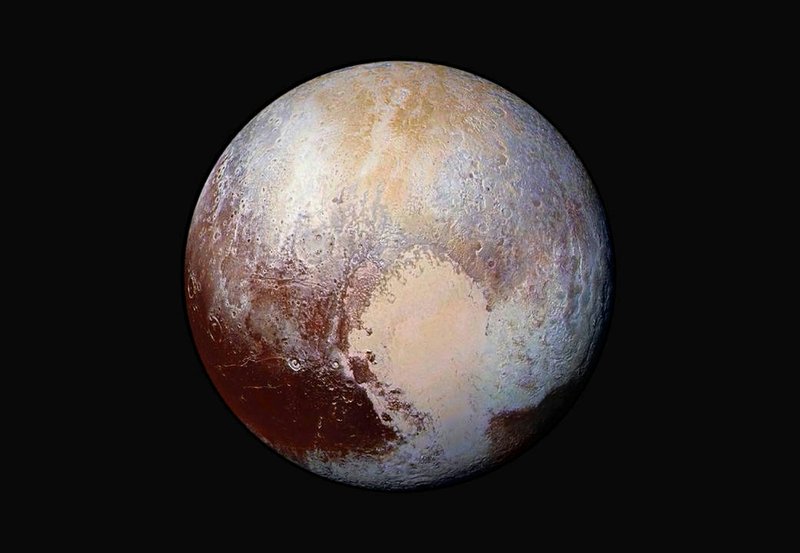Out beyond Neptune, past Pluto, through the chaos of the Kuiper belt to a point some 8.5 billion miles from the sun, a new dwarf planet has just joined our solar system.
The object, which is about half as big as Pluto and twice as distant, was described Tuesday in the International Astronomical Union's Minor Planet Electronic Circulator. It joins a growing list of dwarf planets known to populate the solar system: Ceres, Haumea, Makemake, Eris and, most famous of all, Pluto. It's suspected there could be at least 100 more.
The "trans-Neptunian object," known for now as 2014 UZ224, was discovered by University of Michigan astrophysicist David Gerdes and a team of undergraduate researchers.
Gerdes is part of an international team of scientists working on the Dark Energy Survey -- an effort to map the universe and elucidate some of its mysteries, particularly, why the expansion of the universe is accelerating. A dark energy survey needs a dark energy camera, so the Dark Energy Survey built a wide-angle camera in Cerro Tololo, Chile, that's capable of snapping images of the whole sky.
A few years ago, Gerdes told National Public Radio, some undergrads were visiting Cerro Tololo, and he wanted to give them a challenge. He handed them one of the camera's maps of the entire galaxy and asked whether they could pinpoint which objects were in our own solar system.
The secret was to identify the ones that moved. Viewed against the vast backdrop of the Milky Way, close-by planets and other bodies appear to move more quickly in relation to everything else. Gerdes figured that the students would trace the objects across the night sky and identify the orbits of some known objects in our solar system.
Instead, the students came to Gerdes with something astronomers hadn't seen before. It took two years of careful tracking to confirm the discovery and map out 2014 UZ224's orbit.
A Section on 10/12/2016
